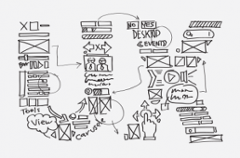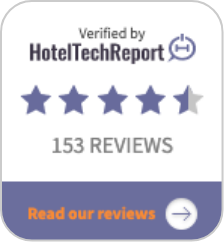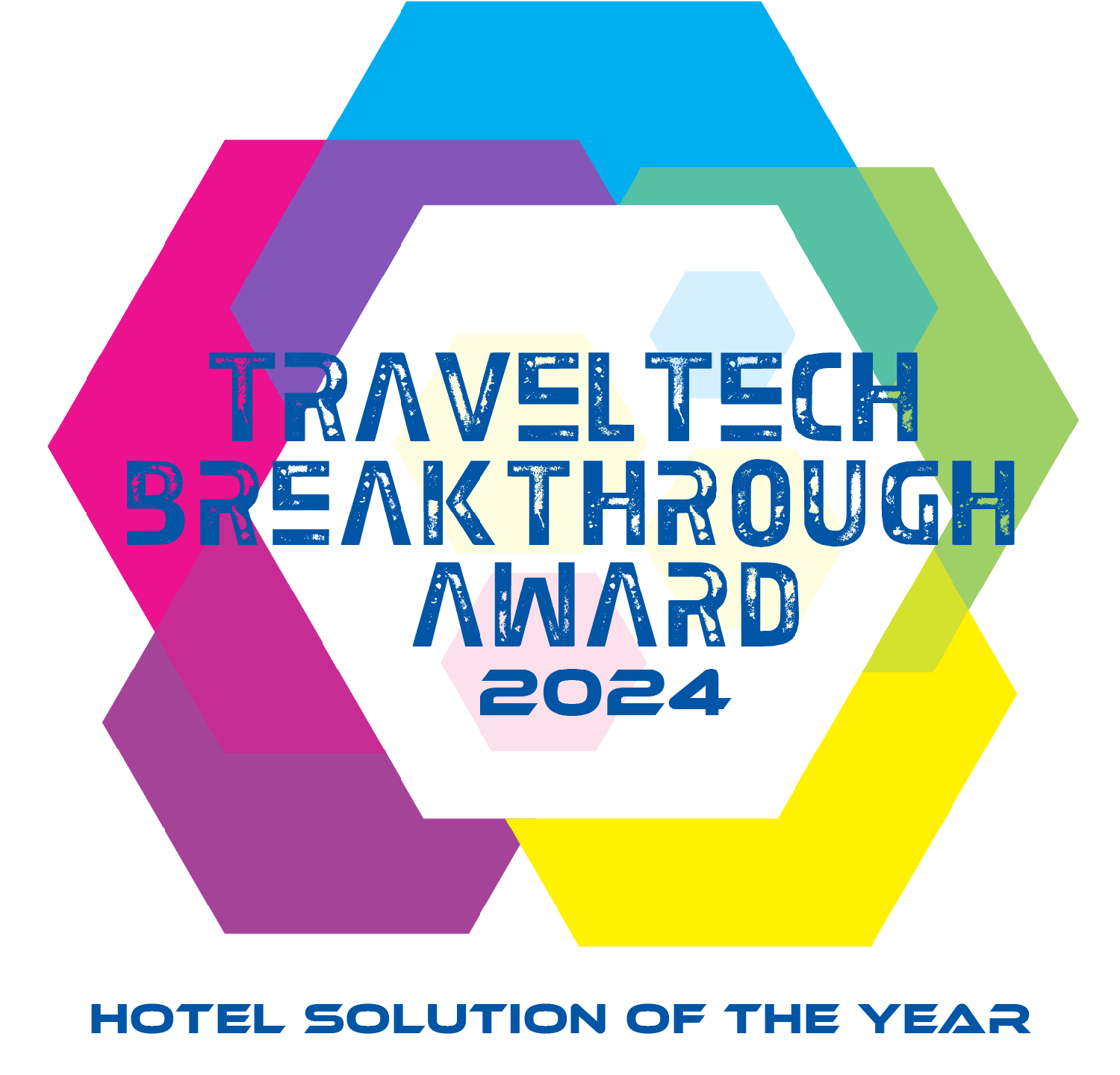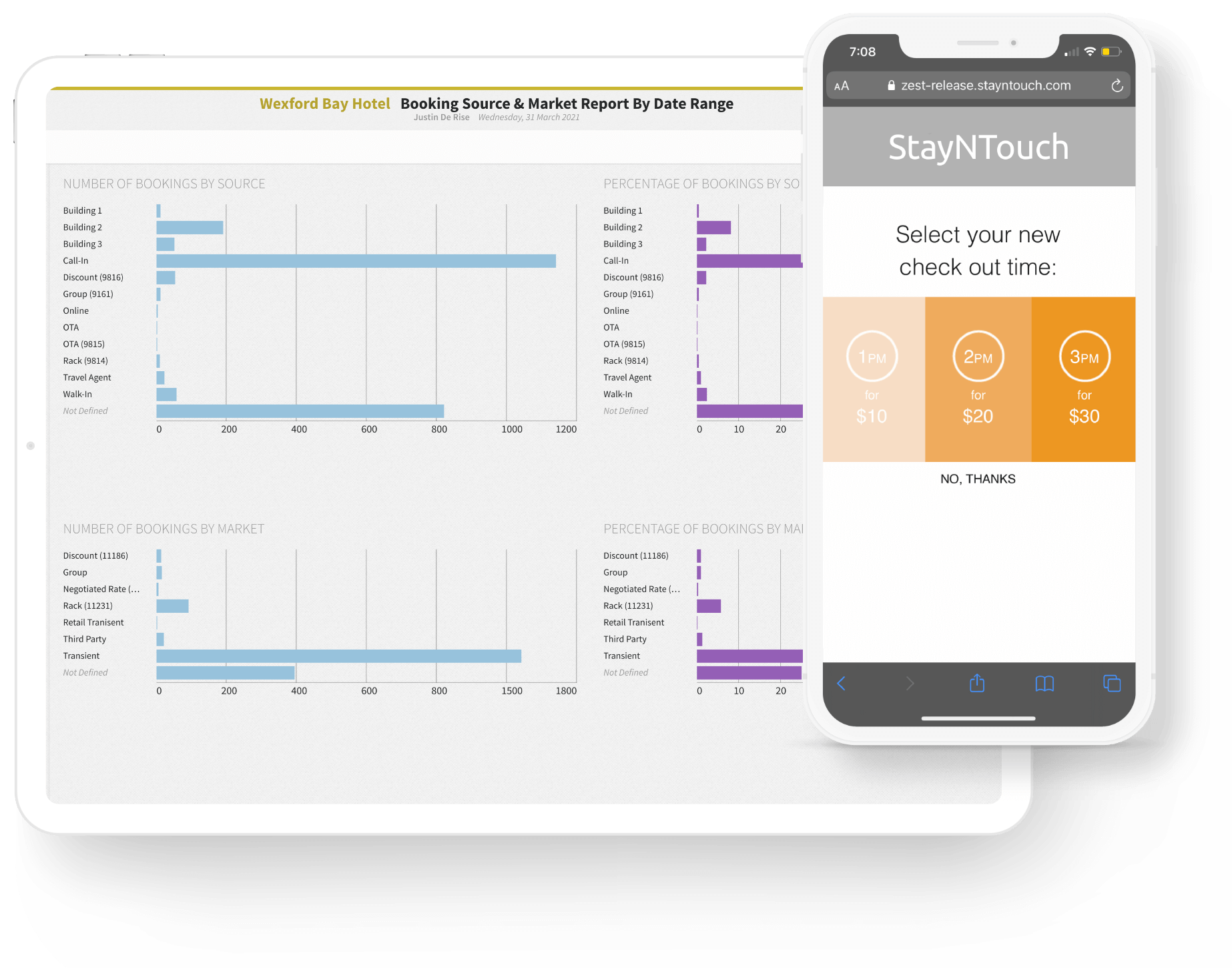Most of us have a smart phone that is full of apps. Some apps are more complicated than others but in zero cases are any of us formally trained to use these apps. The app developers know that their UX design needs to be absolutely intuitive – or users will not use the app. If you think about it, we hold our consumer software to a very high standard.
Now let’s look at enterprise software that has been developed over the last 20 years. Most software for business operations has been built with the primary objective of completing specific functional tasks, first and foremost. When the first versions of these types of software are developed, there is usually a holistic concept driving the software design.
However, in order to grow the business, the software development design company needs to add specialized features and functions to support the various requirements of new customers. Over time, we inevitably start to see ‘feature bloat.’ The software becomes huge, complicated, difficult-to-use and difficult-to-maintain. Ultimately business operations bend to the requirements of the software.
The enterprise software company doesn’t mind this. Training and support become a big revenue source. But that is not good for the software customer — they end up paying more just because the enterprise software has never prioritized the intuitive software design that you see in consumer-grade software.
The absolute focus on adding functionality – even edge use cases – turns the enterprise software design into a sort of Gordian knot (https://en.wikipedia.org/wiki/Gordian_Knot). There is nothing wrong with feature-rich software. But the only way to cut the Gordian knot of ugly, complicated enterprise software is the prioritization of sound, consumer-grade design principles.
“You have to get the user experience right to create an extraordinary application, but, paradoxically, it is the one quality that most development teams are least adept at achieving.” Mike Gualtieri’s Application Development & Delivery Professional
Even (way) back in 1987, Nancy C. Goodwin published a paper on functionality and usability in Communications of the ACM, even then stating that “it is a mistake to support that design features intended to enhance usability are niceties to be provided at the designers convenience and that if a trade-off is to be made it should be made in favor of functionality. There is increasing evidence that the effective functionality of a system depends on its usability.”
A more recent study, Cost benefits evidence and case studies, published by Nigel Bevan, Serco Usability Services, showed that user-centered design can not only reduce development and support costs, but increase sales and reduce staff costs for employers. “A good interface to a well-designed product will allow the user to concentrate on the task rather than the tool. If the interface is designed appropriately, it will allow them to operate effectively and efficiently, rather than lose vital time struggling with a poorly designed user interface and badly thought-out functionality”.
His study showed functional, simple, easier to use systems resulted in the following;
- Faster learning and better retention of information
- Reducing task time and increased productivity
- Reducing employee errors that have to be corrected later
- Reducing employee errors that impact on the quality of service
- Reducing staff turnover as a result of higher satisfaction and motivation
- Reducing time spent by other staff providing assistance when users encounter difficulties
Good design is not a nice-to-have. It is a critical requirement for businesses that demand operational efficiency. The examples of good design are all around us. Just look at your phone. Hold your business software to the same standards and reap the benefits.












